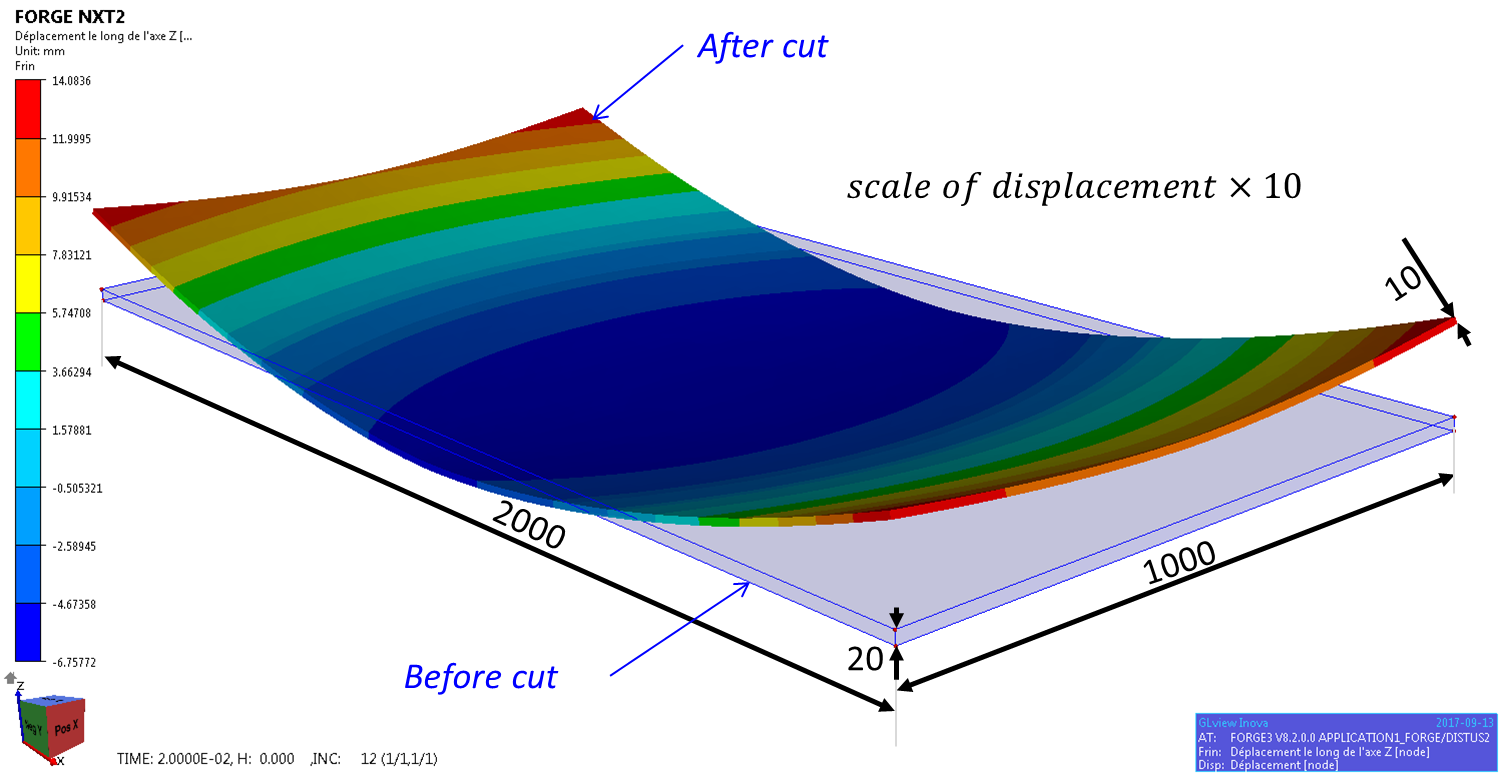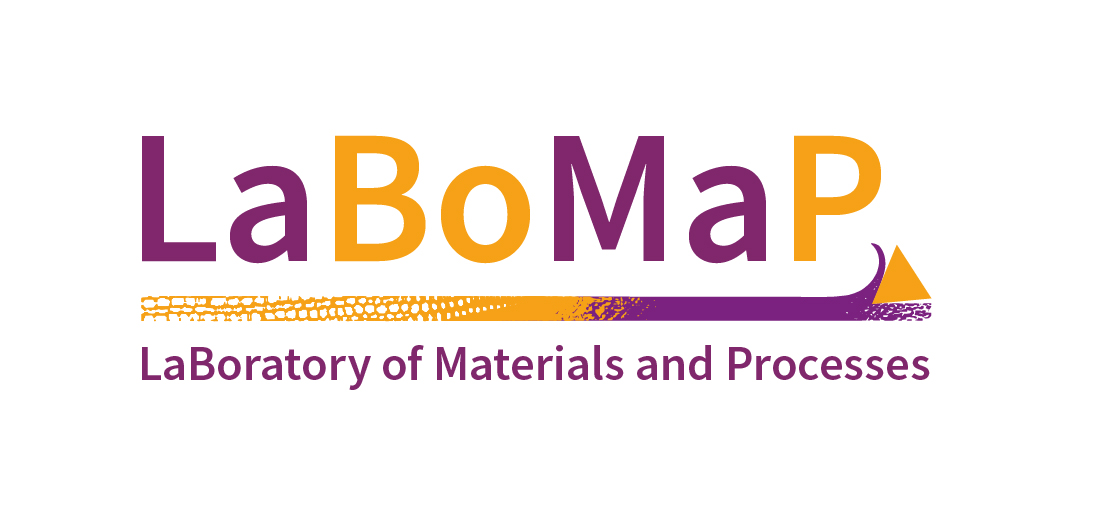I. Cherif: PhD Abstract
Residual stresses in manufacturing process chain of components for nuclear energy and their influence in part distortion after machining
Growing concerns over energy resource availability, climate change, air quality and energy security, have resulted in a number of national and international programs to develop advanced nuclear reactors. The requirements of security and sustainability in energy sectors make manufacturers ensure the quality of their products at the end of manufacturing chain involving several processes. Irrespective of reactor type and the resultant coolant the key to efficiency is high effectiveness heat exchange. Process economics require an intermediate heat exchanger with an efficiency greater than 90 %, and for some applications under consideration as high as 98 %. The combination of temperature, pressure and application demand high integrity construction, this rules out many exchanger types and joining techniques. The success of the next generation of nuclear reactor will depend in part upon the correct selection of a high effectiveness, high integrity compact heat exchanger. Without doubt the next generation of nuclear reactor will be dependent upon compact heat exchanger technology. The manufacturing process chain of this compact heat exchanger is composed by a sequence of several manufacturing processes including: rolling, heat treatment and machining. Each process will induce a given residual stress distribution. Consequently, part distortion is often observed after the last operation (machining), which is linked to two causes. One is the distribution of the residual stress in the parts before machining (due to precedent manufacturing processes) and the other is machining process itself, which also induces residual stresses in the part and redistribute these stresses due to material removal. Therefore, it is extremely important to develop models able to predict the residual stresses evolution during the manufacturing process chain. The models’ validation requires an accurate experimental determination of the residual stresses after each manufacturing process. Then, these models can be used to optimize the process’ parameters in order to minimize part distortion.

Plate distortion after cutting simulation
Growing concerns over energy resource availability, climate change, air quality and energy security, have resulted in a number of national and international programs to develop advanced nuclear reactors. The requirements of security and sustainability in energy sectors make manufacturers ensure the quality of their products at the end of manufacturing chain involving several processes. Irrespective of reactor type and the resultant coolant the key to efficiency is high effectiveness heat exchange. Process economics require an intermediate heat exchanger with an efficiency greater than 90 %, and for some applications under consideration as high as 98 %. The combination of temperature, pressure and application demand high integrity construction, this rules out many exchanger types and joining techniques. The success of the next generation of nuclear reactor will depend in part upon the correct selection of a high effectiveness, high integrity compact heat exchanger. Without doubt the next generation of nuclear reactor will be dependent upon compact heat exchanger technology. The manufacturing process chain of this compact heat exchanger is composed by a sequence of several manufacturing processes including: rolling, heat treatment and machining. Each process will induce a given residual stress distribution. Consequently, part distortion is often observed after the last operation (machining), which is linked to two causes. One is the distribution of the residual stress in the parts before machining (due to precedent manufacturing processes) and the other is machining process itself, which also induces residual stresses in the part and redistribute these stresses due to material removal. Therefore, it is extremely important to develop models able to predict the residual stresses evolution during the manufacturing process chain. The models’ validation requires an accurate experimental determination of the residual stresses after each manufacturing process. Then, these models can be used to optimize the process’ parameters in order to minimize part distortion.

Plate distortion after cutting simulation

